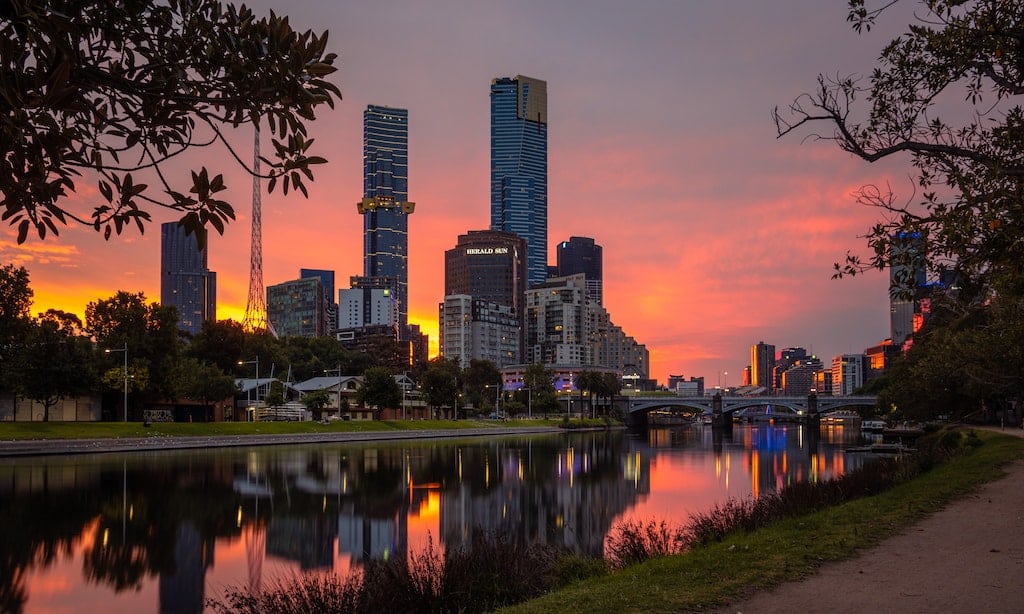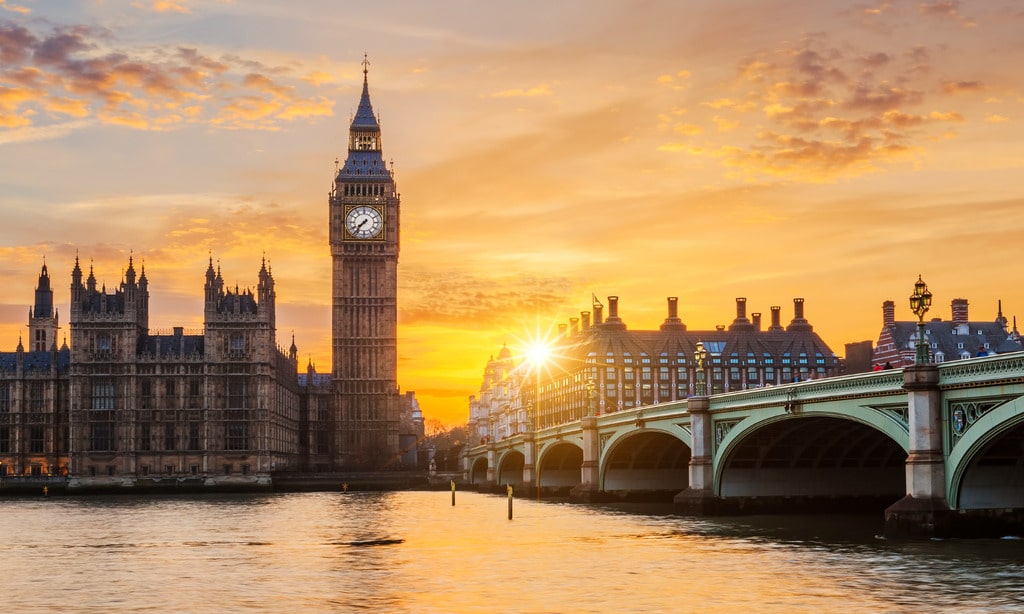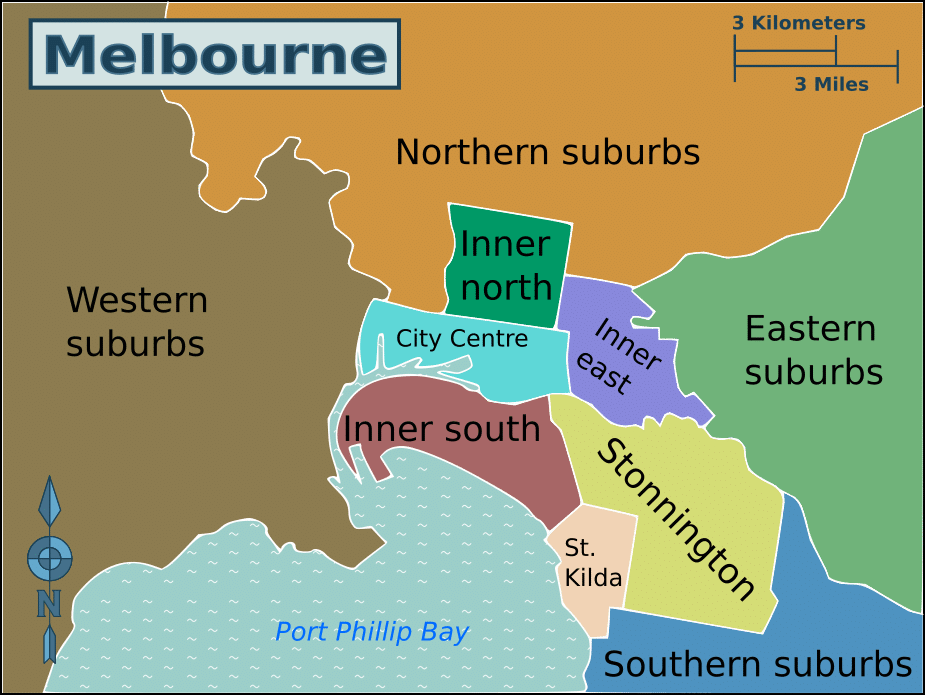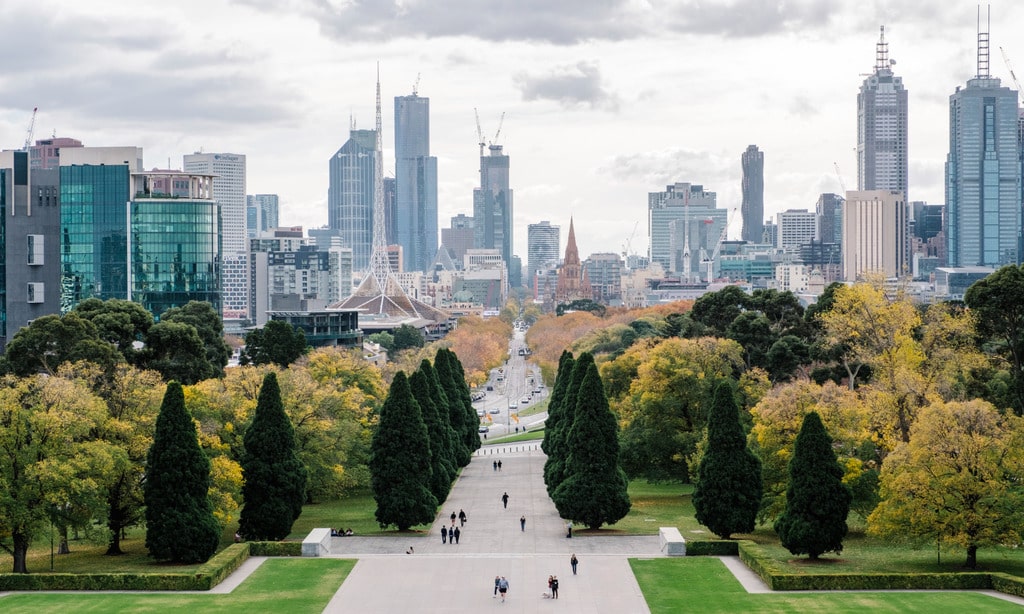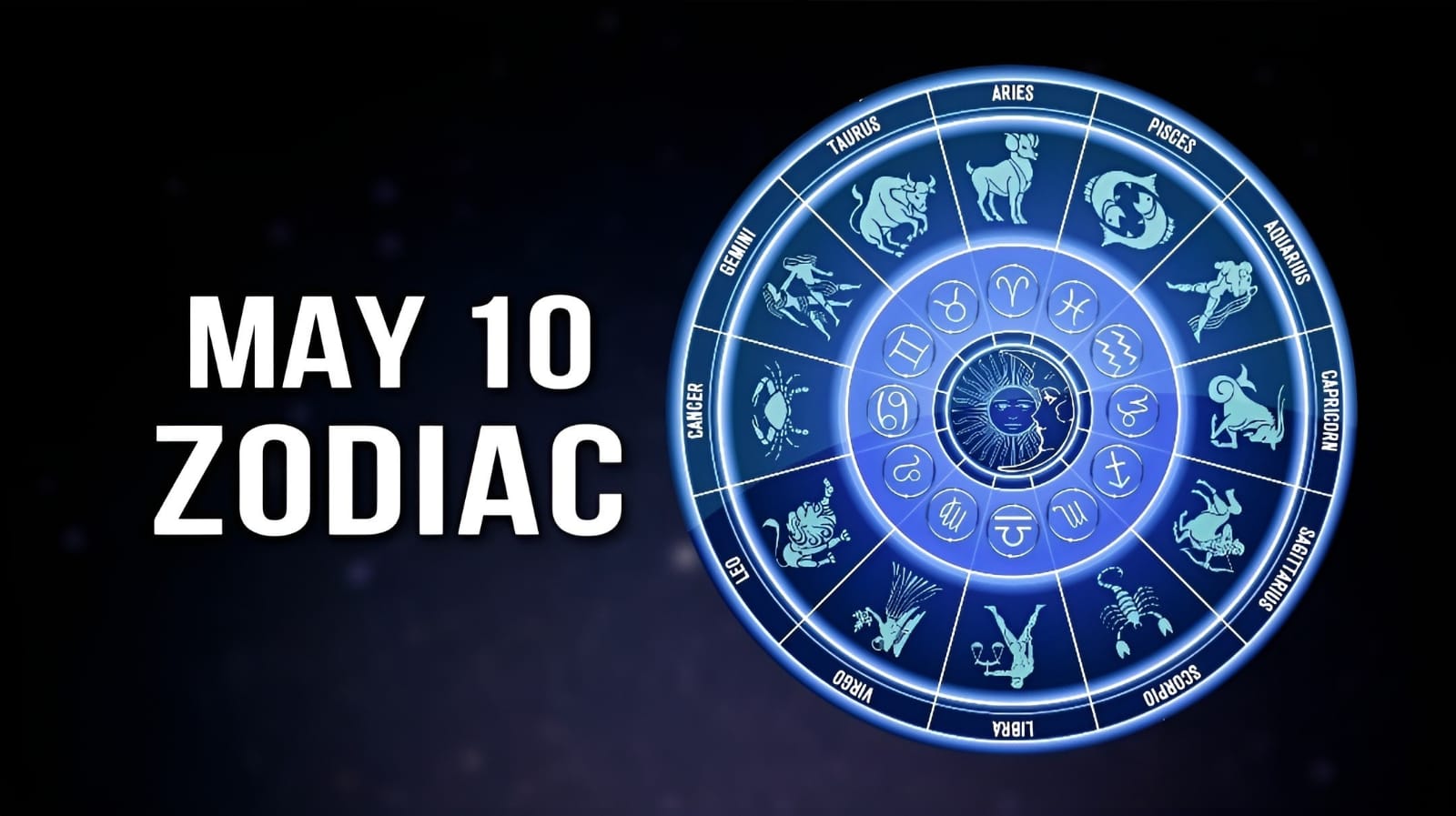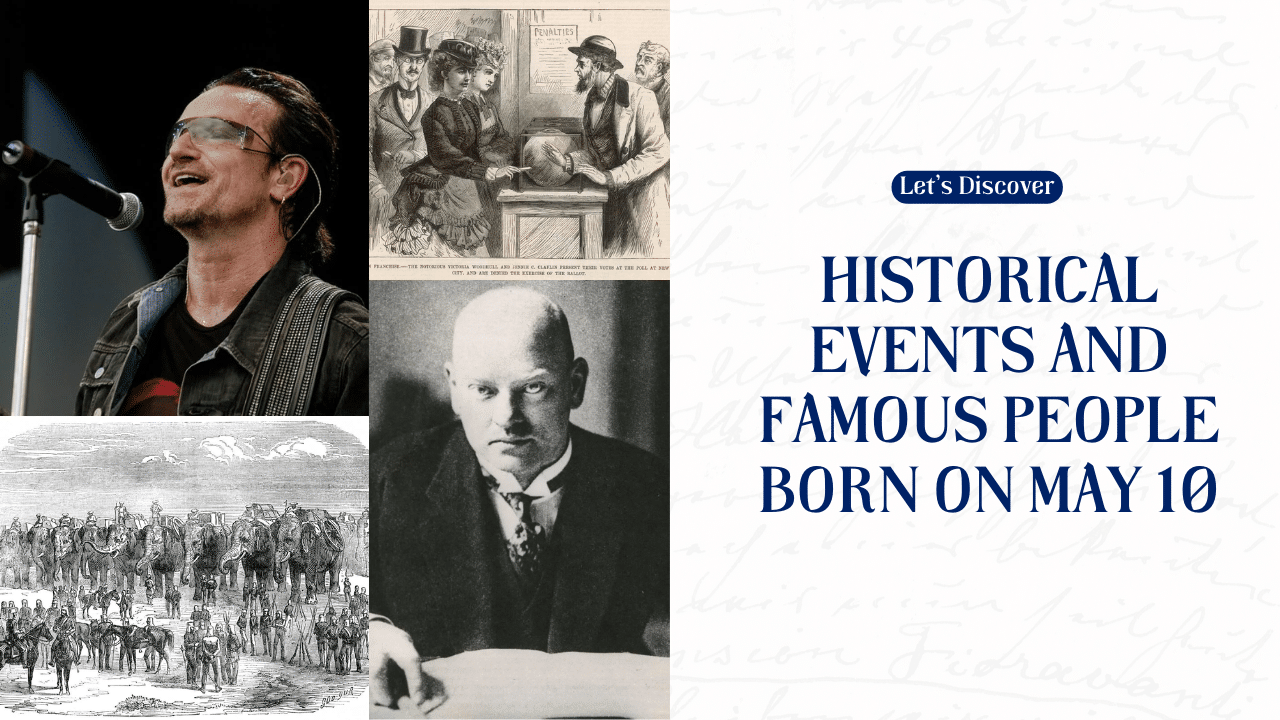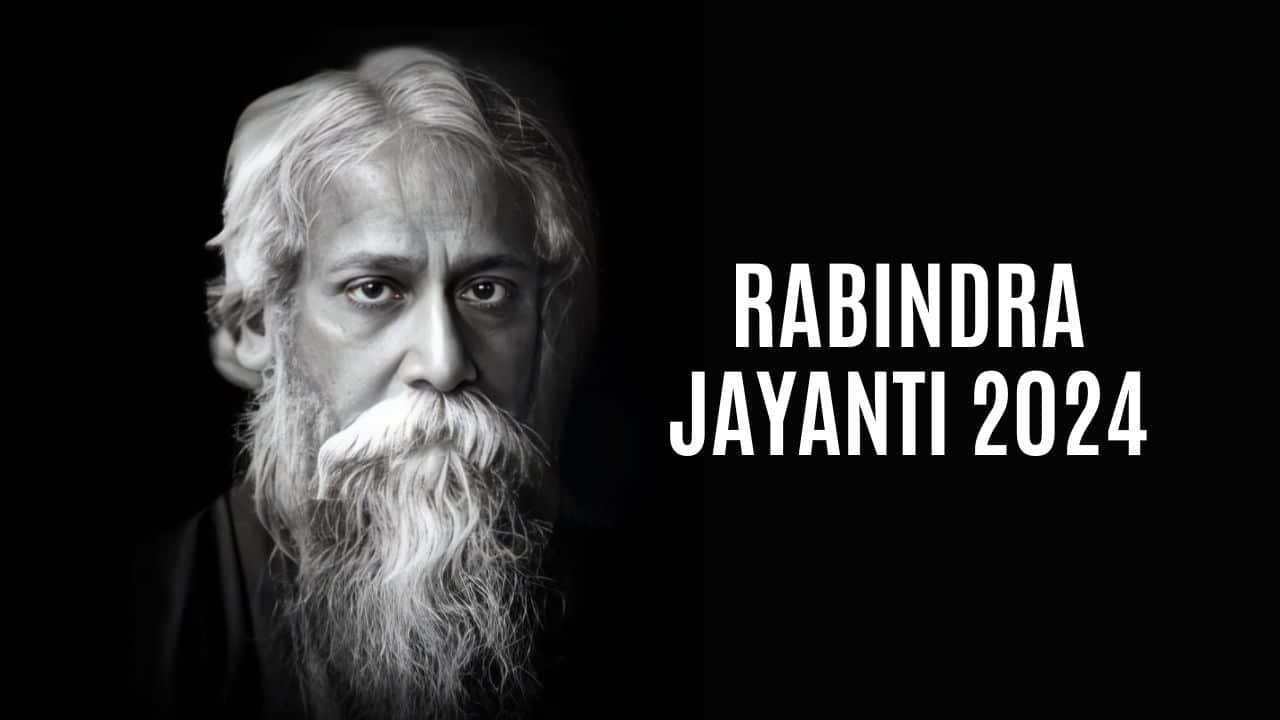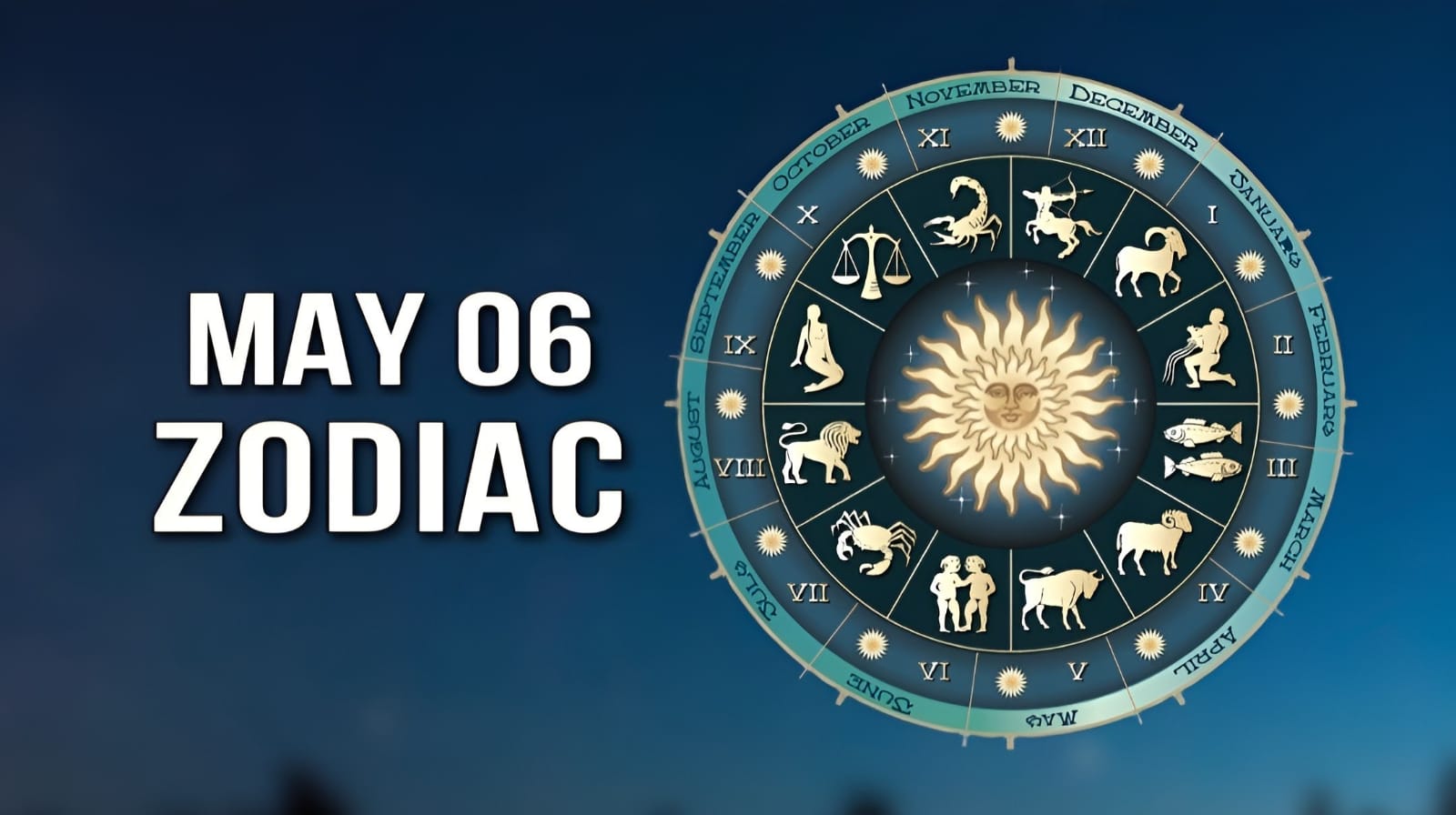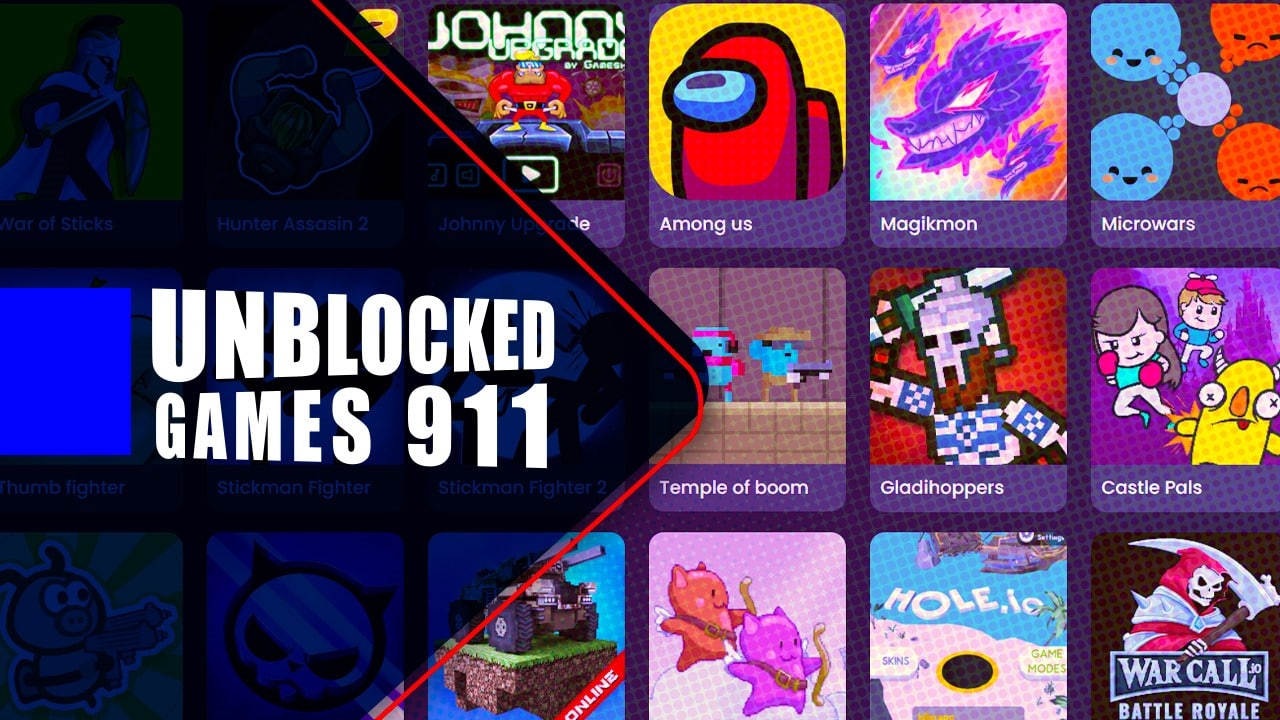Listen to the Podcast:
In today’s fast-paced world, staying ahead of the curve is essential for personal and professional growth. One often overlooked detail that can significantly impact your success is being informed about global time differences. So, what time is it in Melbourne now?
In this blog post, you’ll learn what time it is in Melbourne and why understanding its unique time zone matters for business, travel planning, and personal life management.
Additionally, we’ll explore some fascinating facts related to Melbourne’s rich history in timekeeping as well as useful tips on managing your own schedule while visiting this vibrant city.
Key Takeaways
- Melbourne, Australia follows the Australian Eastern Standard Time (AEST) time zone and is 10 hours ahead of Coordinated Universal Time (UTC+10).
- Daylight Saving Time (DST) is observed in Melbourne during the summer months, making it 11 hours ahead of UTC+11.
- Knowing Melbourne’s local time is crucial for efficient business communication, travel planning, and personal time management.
- Tools like online time converters or manual calculations can help individuals easily convert their local time to Melbourne time.
Understanding Time Zones And Melbourne Time
Time zones are geographical regions that follow the same standard time, and Melbourne is in the Australian Eastern Standard Time Zone (AEST), which is 10 hours ahead of UTC/GMT.
Definition Of Time Zones
Time zones are essential for maintaining a uniform and organized system of measuring time throughout the world. They represent sections of the Earth’s surface that share a common standard time due to their similar longitudinal positions.
Each time zone spans 15 degrees of longitude, which originates from the Greenwich Meridian in London, England, also known as Prime Meridian or 0 degrees longitude.
The development of these standardized time divisions traces back to Sir Sandford Fleming in the late 1800s. Before this system was widely adopted, cities had separate local times based on solar noon – when the sun is at its highest point in the sky – causing inconsistencies and confusion between different places around the globe.
Time zones were created primarily for legal, commercial, and social purposes so that people can synchronize their daily activities more conveniently across multiple regions without having to rely solely on local solar time.
How They Work
Time zones function as a way to standardize time throughout the globe, allowing for consistency and coordination. Each of the world’s 24 time zones covers approximately 15 degrees of longitude, resulting in areas within each zone sharing the same local time.
To better understand how this works, picture the Earth as divided into longitudinal sections like an orange with its wedges representing each time zone. As you move from one wedge to another in an east or west direction, you will need to add or subtract an hour depending on which direction you’re traveling.
For instance, if it is currently 10 AM in Los Angeles (Pacific Time) and you fly over to Dallas (Central Time), which is two hours ahead – your clock should now read 12 PM upon arrival.
Time Zones In Australia
Time zones in Australia are notably complex, with the vast continent-spanning three standard time zones: Australian Eastern Standard Time (AEST), Australian Central Standard Time (ACST), and Australian Western Standard Time (AWST).
AEST covers the eastern states of Queensland, New South Wales, Victoria, and Tasmania; its time is GMT+10.
Adding to this complexity is the fact that certain regions observe Daylight Saving Time (DST) from October to March, resulting in a further shift in local time. For example, Sydney and Melbourne follow AEDT during daylight savings – which is an additional hour ahead – making it GMT+11. If you keep going to Sydney, you can find out what time is it in Sydney.
Meanwhile, Brisbane does not follow DST despite being located in the same general area as those cities.
What Time Is It In Melbourne: Time Zone
Melbourne, the second-largest city in Australia, follows the Australian Eastern Standard Time (AEST) time zone. This means that it is 10 hours ahead of Coordinated Universal Time (UTC+10).
Additionally, Melbourne observes Daylight Saving Time (DST) during the summer months, making it 11 hours ahead of UTC+11. It’s essential to note these differences as they impact business meetings or travel plans to Melbourne.
Knowing when DST starts and ends in Melbourne can help avoid any confusion regarding scheduling activities or appointments.
Difference From UTC/GMT
Melbourne, Australia is located in the Australian Eastern Standard Time (AEST) time zone. This means that it is offset from the Coordinated Universal Time (UTC) by 11 hours.
UTC is also known as Greenwich Mean Time (GMT), which serves as a global standard for timekeeping. Understanding this difference is crucial when scheduling meetings or communicating with people in Melbourne, especially if you are located in a different part of the world.
For example, if it’s 3 PM GMT, then it would be 2 AM the next day in Melbourne.
Daylight Saving Time
Daylight Saving Time is observed in Melbourne, Australia during the summer months. It begins at 2 am on the first Sunday in October when clocks are turned forward by one hour and end at 2 am on the first Sunday in April.
This time shift means that there is more daylight during the evenings, allowing for extended leisure activities and energy conservation. However, it can also cause confusion for travelers who need to coordinate meetings or transportation schedules across different time zones within Australia or internationally.
Dates For DST Changes
Daylight Saving Time (DST) is observed in Melbourne, Victoria, Australia during the warmer months of the year. Here are the important dates for DST changes in Melbourne:
- DST in Melbourne, Australia begins at 2: 00 am on the first Sunday in October.
- DST in Melbourne, Australia ends at 3: 00 am on the first Sunday in April.
- The next clock change in Sydney, which is in the same time zone as Melbourne, will be on October 01st, 2023 at 2:00 am to daylight saving time.
- Business Victoria provides information on DST dates, stating that from 2024 to 2025, DST will start on Sunday 6 October 2024 and end on Sunday 6 April 2025.
Knowing these dates can help you plan your travel and schedules accordingly while visiting or doing business with Melbourne. It is also important to follow a handy guide to Australia’s time zones to avoid any confusion.
Importance Of Knowing Melbourne Time
Knowing Melbourne time is crucial for business and work purposes, travel planning and coordination, as well as personal time management.
Business And Work Purposes
It’s crucial to know the Melbourne time when it comes to business and work purposes. Being aware of the time difference is particularly important for international conference calls, meetings, or deadlines.
If you’re not on top of this, you risk being late or missing out on a critical opportunity altogether. Knowing the local time can also help with managing your schedule effectively and avoiding any potential confusion.
Travel Planning And Coordination
Knowing the time in Melbourne is crucial for efficient travel planning and coordination. This includes scheduling transportation, arranging accommodations, and timing activities and events.
By being aware of the local time in Melbourne, travelers can also avoid potential delays or missed connections due to confusion around time differences. Additionally, understanding daylight saving time changes can help prevent unnecessary disruptions to schedules.
Personal Time Management
Ensuring effective personal time management is essential for individuals looking to achieve success in both their professional and personal lives. Being mindful of Melbourne’s time zone can aid travelers in adjusting to jet lag quickly, leaving them with more time to enjoy the city’s many attractions.
Knowing what time it is in Melbourne also helps businesspeople ensure timely communication with clients and colleagues, establishing trustworthiness while avoiding wasted time waiting for others.
Tools To Convert Time To Melbourne Time
Use online time converters, manual calculations, or mobile apps and widgets to easily convert your local time to Melbourne time for business trips, vacations, or virtual meetings.
Using Online Time Converters
Online time converters are easy-to-use tools that can help you keep track of Melbourne time from anywhere in the world. Here are some benefits of using online time converters:
- They are free and available 24/7.
- They allow you to easily convert Melbourne time to your local time or vice versa.
- They can be customized with different settings, including date formats and daylight-saving time adjustments.
- They can provide additional information, such as the current weather in Melbourne or other major cities around the world.
- Some popular online time converters are World Time Buddy, The World Clock, and Timezone Converter.
- For remote teams and workers, Spacetime is an ideal time converter that also features virtual meeting scheduling and collaboration tools.
- Real-time market intelligence tools like Hotel Price Reporter can also use online time conversions for hotel pricing and room rate optimization.
Manual Calculation
Calculating the time difference between your location and Melbourne manually is easy. Here’s how to do it:
- Determine the time difference in hours: Find out how many hours ahead or behind Melbourne time your location is. For example, if you are in New York City, you are 15 hours behind Melbourne.
- Convert to 24-hour format: Convert the current time in your location to 24-hour format by adding or subtracting the necessary number of hours. If it’s currently 3 PM in New York City, that would be 6 AM (15-24=9+3=12) in Melbourne.
- Adjust for daylight saving time: Keep in mind that daylight saving time may be observed differently in Melbourne compared to your location. Check if either region observes DST and adjust accordingly.
While manual calculation may seem tedious, it can come in handy when you don’t have access to online converters or mobile apps.
Mobile Apps And Widgets
Mobile apps and widgets are convenient tools to keep track of Melbourne time when you’re on the go. Here are some options to consider:
- Time Buddy: This app allows you to compare multiple time zones easily, including Melbourne’s AEST. You can also set alarms for different time zones and convert times quickly.
- World Clock – Time Zones: Another useful app that displays multiple clocks for various cities worldwide, including Melbourne.
- The Time Zone Converter: This web-based converter calculates the time difference between two locations and provides a visual chart to compare times in different zones.
- Android/iPhone Widgets: These widgets display current local times in various cities worldwide, including Melbourne, right on your phone’s home screen.
By using these apps and widgets, you can avoid the hassle of manual calculation or searching for online converters every time you need to know Melbourne time. With just a few taps on your smartphone, you can stay on top of your schedule and never miss an important meeting or event again!
Unique Time-related Facts About Melbourne
Melbourne is home to the historic time ball in Williamstown that has been dropping daily since 1844, indicating the precise time to ships on Port Phillip Bay.
Time Ball Drops
Melbourne is one of the cities where time balls were used to tell time in the past. Time balls were typically dropped at 1 PM, and their purpose was to help sailors set their clocks accurately.
They would see the ball drop through a telescope and adjust their ship’s chronometers accordingly. The practice of dropping time balls started in the 1800s, and Melbourne has been doing it since then.
Public Clock Towers
Public clock towers are an iconic feature of Melbourne’s CBD, with some of the most recognizable ones being located at Flinders Street Station and Parliament House.
These clock towers not only serve a functional purpose in telling time but also have cultural significance as symbols of the city’s history and identity. For example, the Flinders Street Station clock tower is a major meeting spot for locals and visitors alike, serving as a backdrop for many memorable moments.
Historical Timekeeping Events
Melbourne has a rich history of timekeeping, with significant events and milestones throughout the years. In 1854, the Melbourne Observatory officially opened its doors and began providing services such as accurate time signals to the public.
Later in 1880, the iconic Melbourne Time Ball was introduced at Flagstaff Hill, which would drop every day at precisely 1 pm to allow ships in Port Phillip Bay to set their chronometers accurately.
Time-related Buildings And Landmarks
Melbourne is a city rich in history, with many buildings and landmarks that have stood the test of time. While there are no specific time-related buildings or landmarks when it comes to knowing the time in Melbourne, there are still plenty of interesting places to visit.
For example, the iconic Flinders Street Station has been an important transportation hub since its completion in 1910 and boasts one of Australia’s largest clocks.
Other notable structures include the Arts Centre Melbourne Clocktower which showcases two bright neon clocks visible from afar; The Great Ocean Road memorial archway where visitors can stand below on Earth’s timezone line; and finally Eureka Tower looming high above Melbourne City boasting Australia’s fastest running elevator featuring built-in LED lights displaying different colors thus indicating day or night mode illumination time regulations for residents.
Timekeeping Practices In Melbourne
Melbourne has a rich history of timekeeping practices, ranging from traditional Aboriginal methods to modern-day chronometers.
Time Signal Services
Time Signal Services play a crucial role in ensuring that everyone is on the same page when it comes to time. In Melbourne, various services provide accurate and reliable time updates to businesses and individuals alike.
These include visible, audible, mechanical or electronic signals used as reference points to determine the exact time of day. For instance, there used to be timing and signalling equipment at the observatory before its closure in 1945.
With these services available, it’s easier for people to coordinate their schedules effectively without any confusion.
Chronometers And Timepieces
Chronometers and timepieces have played a significant role in the history of navigation and timekeeping. These portable devices were initially used to determine longitude at sea, which was crucial for accurate mapping and exploration.
The invention of accurate marine chronometers by Englishman John Harrison revolutionized navigation forever, making seafaring safer and more efficient. The Harrison H1, H2, H3, and H4 timekeepers are regarded as one of the most important watches ever made because they solved a fundamental problem in oceanic navigation: determining a ship’s longitude accurately within seconds per day.
Traditional Aboriginal Timekeeping
Before the introduction of modern timekeeping systems, Australian Aboriginal peoples had their own sophisticated understanding of natural cycles on the earth. Their timekeeping system was based on a deep connection to the land and anchored in mathematics, moon phases, and tides.
Unlike the traditional 24-hour time systems used today, Aboriginal time is more fluid and flexible.
In Melbourne, there is an ongoing effort to recognize and honor the Traditional Indigenous concepts of time through different initiatives such as creating digital maps of places with historical significance for Aboriginal people within the city limits.
Time Zone Differences In Australia
Australia has three main time zones, with Melbourne falling under the Australian Eastern Standard Time (AEST) zone, making it two hours ahead of Perth and half an hour behind Adelaide; read on to discover more about Melbourne’s unique timekeeping practices.
Other Major Cities And Time Zones
In addition to Melbourne, Australia has several other major cities and regions that fall within different time zones. Here is a table summarizing the time zones for these cities and regions:
|
City / Region |
Time Zone |
UTC Offset |
|
Sydney |
Australian Eastern Standard Time (AEST) |
UTC+10:00 |
|
Brisbane |
Australian Eastern Standard Time (AEST) |
UTC+10:00 |
|
Perth |
Australian Western Standard Time (AWST) |
UTC+08:00 |
|
Tasmania |
Australian Eastern Standard Time (AEST) |
UTC+10:00 |
|
Northern Territory |
Australian Central Standard Time (ACST) |
UTC+09:30 |
|
Adelaide |
Australian Central Standard Time (ACST) |
UTC+09:30 |
|
Canberra |
Australian Eastern Standard Time (AEST) |
UTC+10:00 |
Understanding the time zones of these other major cities and regions is essential for proper planning and coordination, especially when traveling within Australia or conducting business with people in different areas of the country. By knowing the time differences, you can communicate effectively and ensure smooth transactions with those in various parts of Australia.
International Travel Implications
If you’re traveling to Melbourne from overseas, it’s important to be aware of the time difference and how it may affect your trip. For example, if you’re coming from the United States, there is a significant time difference between Melbourne and most American cities.
Additionally, keep in mind that flights to Australia are often long journeys that involve crossing multiple time zones.
Cultural Significance Of Time In Melbourne
Time management is highly valued in Melbourne, with punctuality being seen as a sign of respect and professionalism in both personal and professional settings.
Punctuality And Time Management
In Melbourne, punctuality and time management are highly valued both in personal and business relationships. Being on time demonstrates respect for the other person’s schedule and is seen as a sign of reliability.
Moreover, being punctual is crucial for success in the workplace. Lateness is often perceived as a lack of commitment or poor work ethic. Therefore, it is important to plan ahead and leave enough time for unexpected delays when traveling to meetings or job interviews.
Time-related Idioms And Expressions
Understanding time-related idioms and expressions is an essential part of language learning, particularly in Melbourne where they hold cultural significance.
Expressions like “time flies,” “in the nick of time,” and “time after time” are commonly used in English to convey the importance of being punctual and managing time effectively.
In Melbourne, phrases like “on the dot,” which means exactly on time, or “running late,” which acknowledges that someone is behind schedule, are frequently heard. Additionally, knowing specific Australian phrases like “arvo” for afternoon or “brekkie” for breakfast can help visitors blend in with locals and enhance their overall experience in Melbourne.
Time-based Traditions And Festivals
Melbourne has a vibrant culture that is celebrated through various time-based traditions and festivals. One of the most popular events is the Melbourne International Comedy Festival, which runs for three weeks in March and April every year.
Another exciting event is Melbourne Music Week, which takes place in November each year. The city comes alive with live music performances by renowned artists from around the world, as well as up-and-coming musicians.
There are also workshops and talks on music-related topics to immerse visitors in Melbourne’s thriving music scene. Other notable festivals include Good Beer Week (May), White Night (August), and Melbourne Fringe Festival (September). If you also keep visiting Arizona you can check – what time is it in Arizona?
Things To Do In Melbourne At Different Times Of Day
Discover Melbourne’s stunning sunrise by taking a hot air balloon ride, explore the city’s street art and architecture during midday and enjoy the vibrant nightlife scene of Melbourne with its excellent bars, restaurants, and live music venues in the evening.
Sunrise And Early Morning
Melbourne is known for its beautiful sunrises and early morning activities. Here are some things to do during this time:
- Catch the sunrise at Brighton Beach: Watch the sun rise above the iconic bathing boxes while taking a walk or jogging along the beach.
- Visit Queen Victoria Market: This market opens at 6 am and offers a unique shopping experience, with fresh produce, souvenirs, and clothing.
- Take a hot air balloon ride: Start your day off with an unforgettable view of Melbourne from above by taking a hot air balloon ride during sunrise.
- Go for a bike ride: Rent a bike and explore Melbourne’s many bike paths during the early morning before the crowds arrive.
- Walk through Royal Botanic Gardens: Stroll through these beautiful gardens and witness the peacefulness of nature in the morning hours.
With so much to do during Melbourne’s early mornings, visitors can make their trip even more special by planning ahead and experiencing all this city has to offer.
Midday And Afternoon
During midday and afternoon, there are plenty of exciting things to do in Melbourne. Check out these suggestions:
- Grab lunch at Queen Victoria Market: This bustling market has a wide variety of food options, from fresh seafood to kebabs and Greek pastries. Take your pick and enjoy the atmosphere.
- Stroll through the Royal Botanic Gardens: This 38-hectare garden is home to over 8,500 plant species from around the world. Take a leisurely walk and admire the beauty of nature.
- Visit the Australian Centre for Contemporary Art: Located in Southbank, this contemporary art museum features cutting-edge exhibitions from local and international artists.
- Shop along Chapel Street: This trendy shopping district has everything from designer boutiques to vintage shops and souvenir stores.
- Explore Federation Square: This cultural hub has galleries, museums, restaurants, and bars all in one place. Check out what’s happening on their events calendar.
- Take a scenic Yarra River Cruise: Enjoy stunning views of Melbourne’s skyline while cruising down the Yarra River.
Remember to stay hydrated during midday and afternoon activities in Melbourne as temperatures can rise quickly during these times of day.
Evening And Night
The city of Melbourne truly comes alive in the evening and at night. Here are some exciting things to do during these hours:
- Take a stroll along the Yarra River and enjoy the city’s beautiful skyline.
- Attend a live performance at one of Melbourne’s many theaters or music venues.
- Visit nighttime markets such as the Summer Night Market or Queen Victoria Night Market for shopping and dining experiences.
- Explore Melbourne’s famous laneways filled with vibrant street art, bars, and hidden cafes.
- Catch a movie under the stars at an open-air cinema like the Rooftop Cinema or Moonlight Cinema.
- Indulge in some delicious late-night food at popular spots like Chinatown or Flinders Lane.
- Experience Melbourne’s spooky side by taking a ghost tour through historic areas like Carlton Cemetery or Pentridge Prison.
With so much to see and do, your evenings and nights in Melbourne will be unforgettable!
Time Management Tips For Melbourne Visitors
Plan your activities ahead of time to make the most of your visit. Keep in mind the time differences and adjust accordingly to avoid jet lag. Prioritize must-see attractions and allow for flexibility in case unexpected events occur.
Stick to a schedule but also take breaks and rest when needed. Use public transportation or walk instead of driving during peak traffic hours to save time. Bring comfortable shoes and dress appropriately for the weather conditions.
Stay hydrated, well-fed, and energized with healthy snacks throughout the day. Consider joining a guided tour or hiring a local guide for insider tips on Melbourne’s best spots at different times of the day.
Embrace Melbourne’s cultural scene by attending shows and festivals that showcase its unique traditions.
Prioritizing Activities And Schedules
Prioritizing activities and schedules is a crucial element of effective time management for visitors to Melbourne. With so much to explore in this vibrant city, it’s easy to get overwhelmed by the number of options available.
One strategy is to identify high-priority activities that align with personal goals or interests and schedule those first.
Another approach is using planning tools such as calendars or mobile apps to keep track of scheduled activities and avoid double-booking or missing appointments.
Organizing activities by location can also save time and energy spent on transportation. For example, scheduling visits to nearby landmarks such as St Kilda pier and beach during the same day can reduce travel time between different parts of the city.
Adapting To Time Differences
Adapting to time differences can be challenging, especially for those traveling to Melbourne. It’s essential for visitors to plan ahead and formulate strategies for travel fatigue and jet lag.
One effective strategy is gradually adjusting your sleep schedule before you leave home. This means going to bed earlier or later than usual depending on the direction of your travel.
Once in Melbourne, try to adapt quickly by exposing yourself to natural light during the day and avoiding caffeine and alcohol before bedtime.
Avoiding Jet Lag
Visiting Melbourne for the first time can be exhilarating, but jet lag can come along and ruin your plans. Jet lag is a type of fatigue caused by crossing different time zones.
It’s crucial to manage it so you can enjoy your trip fully. One way to prevent it is by planning meticulously beforehand and establishing sleep schedules that mimic local times of day in Melbourne.
Preventing illness before travelling can also help you avoid exhaustion while on vacation.
Staying On Time While Exploring Melbourne
Staying on time while exploring Melbourne can be a daunting task, especially for first-time visitors. As the city is known for its vibrant nightlife and cultural landmarks, it’s essential to have a planned schedule to ensure that you don’t miss out on anything.
One way to manage your time effectively is by using a calendar planner and daily to-do list.
It’s also crucial to know the time difference between your current location and Melbourne. The article highlights how important it is for visitors not only just knowing what Time It Is In Melbourne but taking advantage of tools such as online converters or mobile apps/widgets so they can plan their activities accordingly.
Frequently Asked Questions (FAQs):
Now we’re going to have some ideas on related queries about what time is it in Melbourne.
How many time zones does Australia have?
Australia has three time zones: Eastern Standard Time (EST), Central Standard Time (CST), and Western Standard Time (WST). Melbourne is in the EST time zone.
What is the current time difference between Melbourne and my location?
The answer will vary depending on your geographic location, as there are different time zones across the world. However, you can easily find out the difference by searching for “Melbourne local time” and comparing it to your own local time.
Do daylight saving times affect Melbourne’s local time?
Yes, daylight saving time affects Melbourne’s local time just like they do in other parts of Australia and around the world. During daylight saving periods which occur from October to April every year, clocks are turned one hour forward ahead of standard EST.
Are there any reliable online resources to check for accurate Australian Eastern Standard Time?
A number of online resources offer accurate information regarding Australian Eastern Standard Time including World Clock Converter & Google search engine that displays up-to-date info on every city’s Local Date & Time with DST details.
Conclusion
I think you got proper ideas on the topic – what time is it in Melbourne? Knowing the time in Melbourne can be crucial for work, travel, and personal time management. By understanding time zones and using the right tools to convert times, you can ensure that you stay on track no matter where you are in the world.
Additionally, learning about unique timekeeping practices and cultural traditions in Melbourne can add a new dimension to your experience of this vibrant city.



